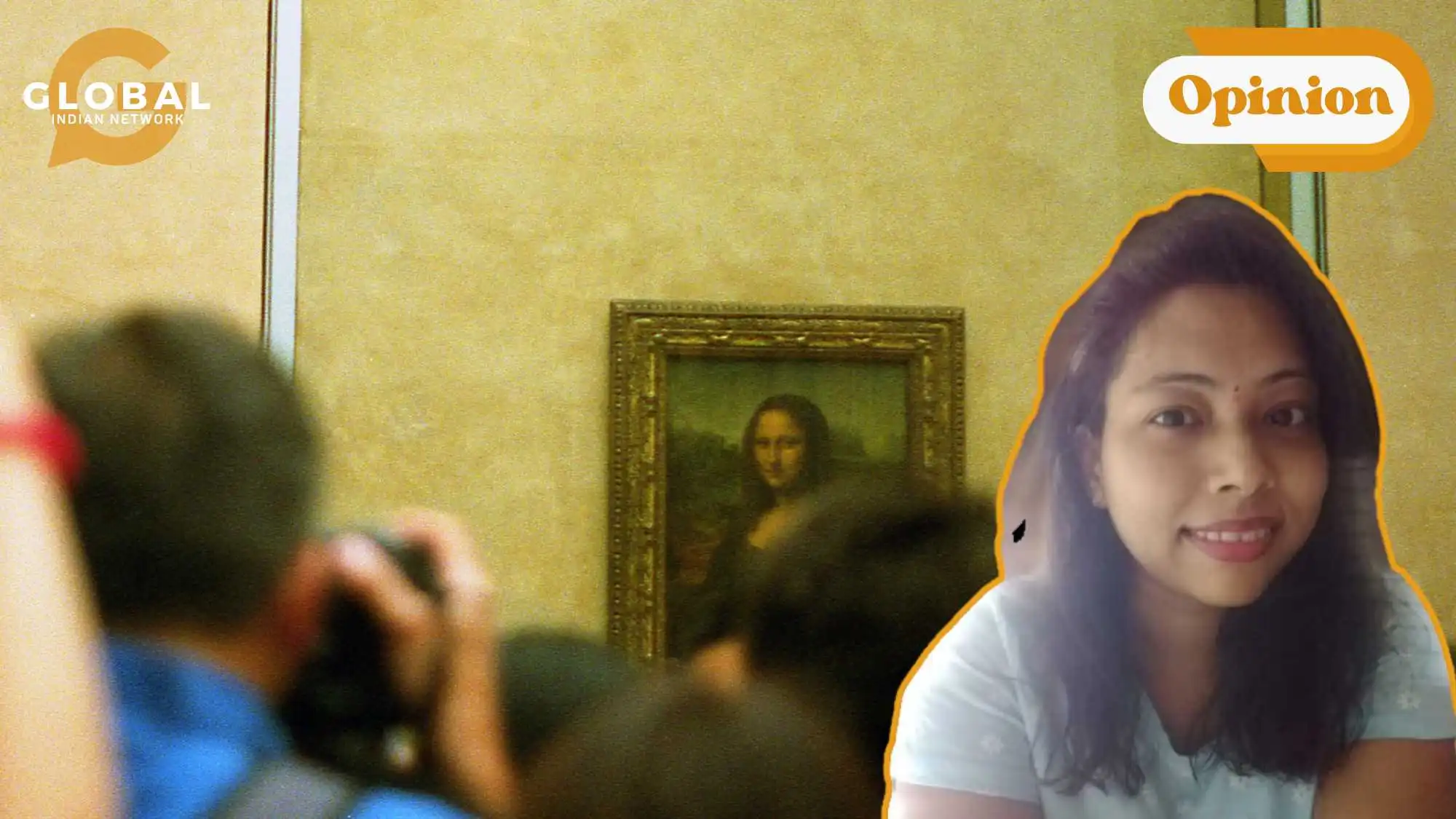Leonardo da Vinci's iconic masterpiece, The Mona Lisa, has once again found itself the target of climate activists. This time, two women from the French group "Riposte Alimentaire" (Food Response) hurled cans of soup at the protective glass shield surrounding the painting in the Louvre Museum this Sunday, January 28, 2024, around 10 am.
The Mona Lisa's unsettled tale began long before the recent soup incident. Before this, the Mona Lisa had been subject to several other attacks and acts of vandalism. In 1956, a Bolivian man threw a rock at the painting, chipping the varnish. His motive was reportedly to protest against the Louvre's cultural dominance. These attacks led to the installation of the bulletproof glass shield that now protects the masterpiece.
In 2009, a Russian woman threw a teacup at the Mona Lisa, causing no significant damage. Her reason was unclear, but some speculated it was a publicity stunt. In 2022, a man disguised as an older woman smeared the Mona Lisa with cake. This act was linked to performance art and mental health struggles.
In 1950, a woman splashed acid on the painting, damaging the lower part. In 1911, an Italian museum worker, Vincenzo Perugia, stole the Mona Lisa and kept it hidden for two years. The painting was eventually recovered, but these incidents highlighted the need for better protection.
The current glass shield is made of bulletproof glass and is designed to protect the painting from physical damage, such as thrown objects or vandalism. It also helps to control the temperature and humidity around the painting, which can help to prevent further deterioration.
The installation of the glass shield was controversial at the time, as some people argued that it detracted from the viewing experience. However, it has proven to be an adequate safeguard for the Mona Lisa, and it will likely remain in place for many years.
The recent attack was set against the backdrop of widespread farmer demonstrations demanding better pay, fairer competition, and less government bureaucracy. This incident at the Louvre has sparked further debate about the role of art in social activism.
Museums take extensive measures to safeguard their collections, employing security systems, climate control, and specialised glass enclosures. However, balancing complete protection and allowing public access is a delicate challenge. Museums strive to create an environment where people can engage with art, learn from it, and be inspired.
The Louvre Museum announced plans to review its security measures in response to the recent attack. This could involve stricter bag checks, increased video surveillance, and even limiting the number of visitors allowed close to the Mona Lisa. While these measures might be necessary to ensure the painting's safety, finding ways to do so without creating an overly restrictive or sterile museum experience is crucial.
So next time you gaze upon the Mona Lisa, remember that her ambiguous smile may not just be a historical artefact but a canvas for the anxieties and aspirations of our own time. And who knows, a little splatter of soup is just what she needs to spark a conversation that could change the world!
Let us know what you think in the comment section below. If you have an opinion to share, send it over to larra@globalindiannetwork.com.










